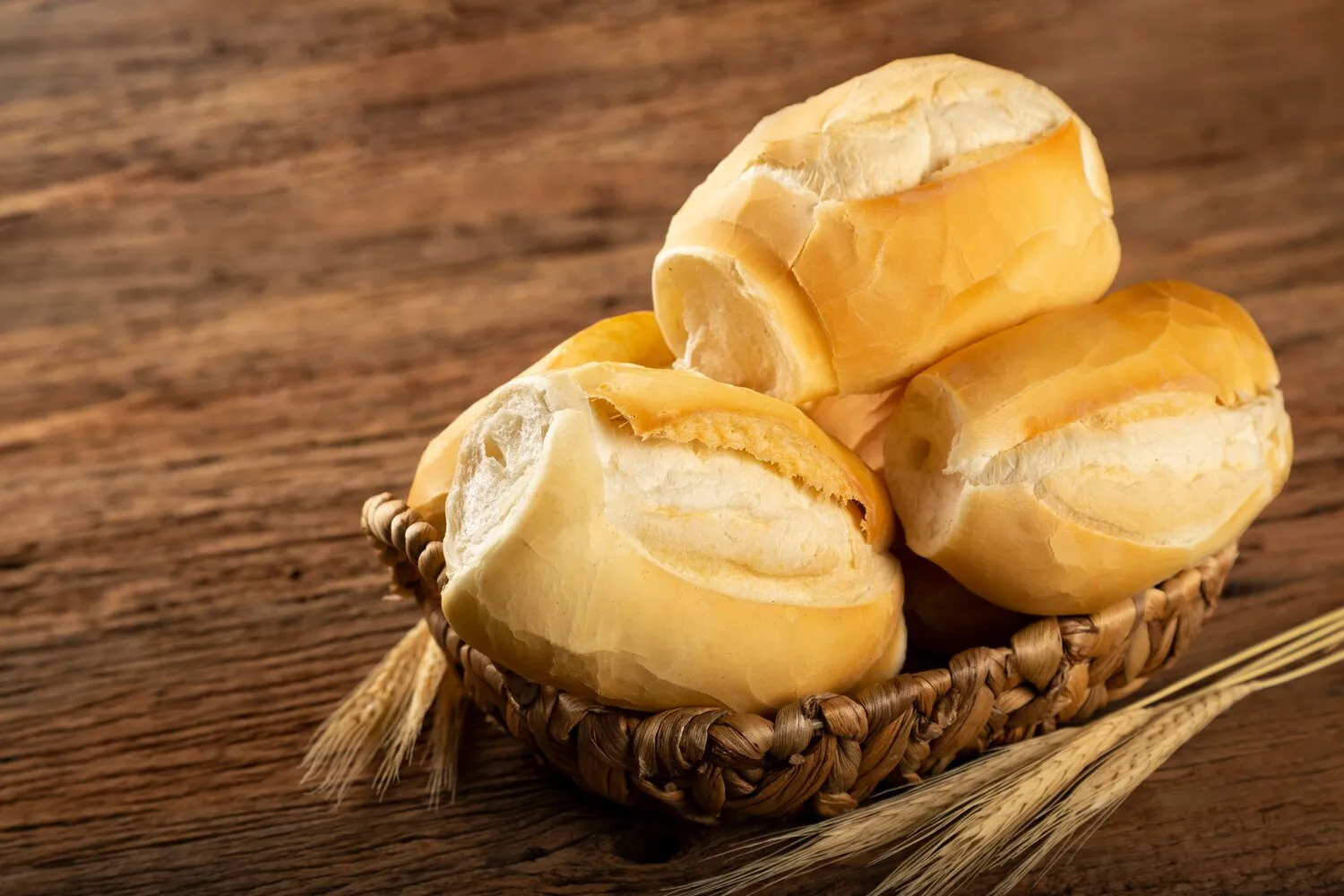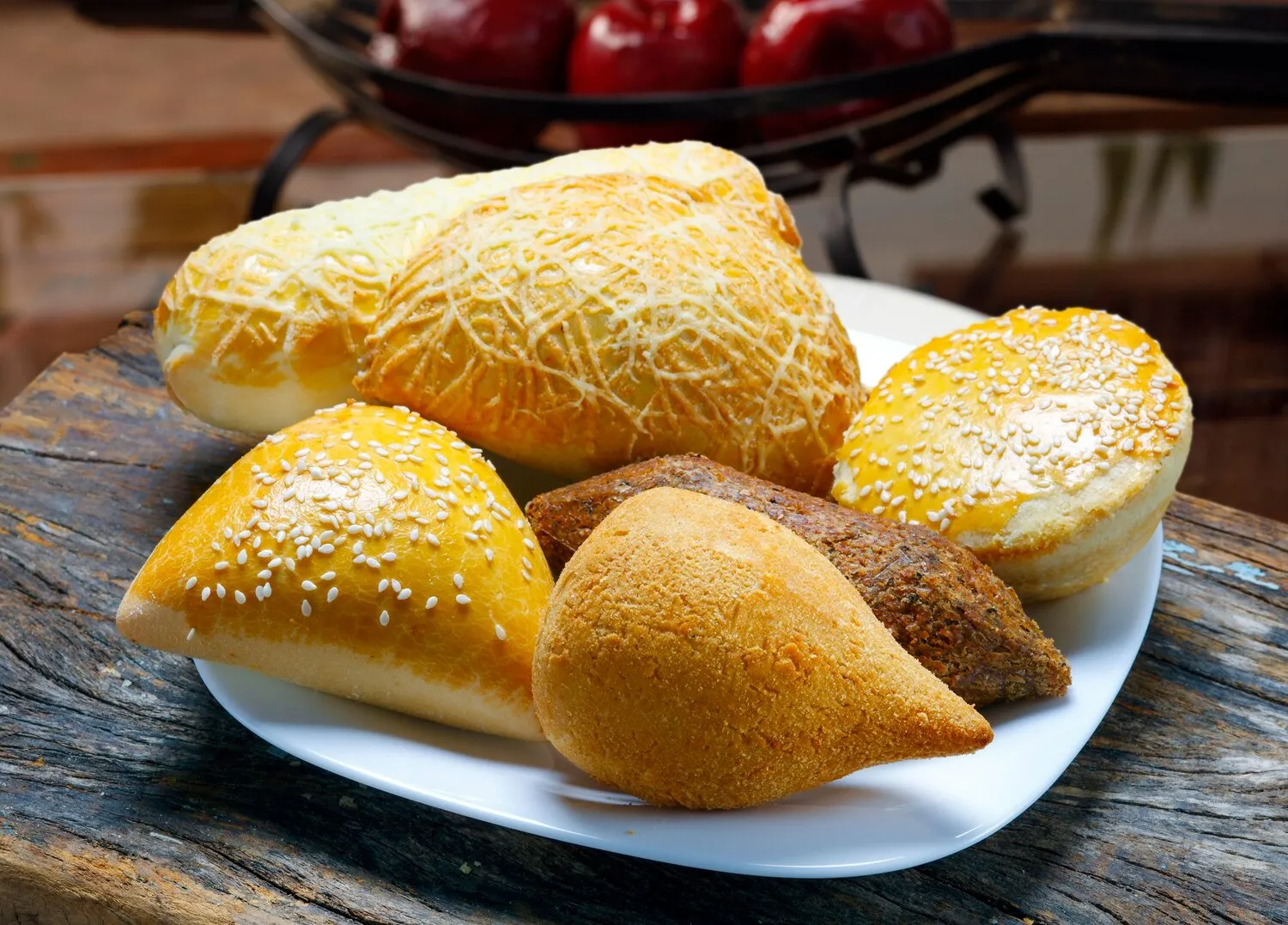
Brood
Assorted breads, likely including traditional Belgian breads.
Nutrition Facts
* The % Daily Value (DV) tells you how much a nutrient in a serving of food contributes to a daily diet. 2,000 calories a day is used for general nutrition advice.
Belgian breadmaking boasts a rich history, shaped by centuries of tradition, locally sourced ingredients, and influences from neighboring countries like France and Germany. Monasteries played a crucial role in preserving and developing breadmaking techniques during the Middle Ages. The country's strong agricultural heritage, with its abundance of grains and flours, contributed to the diversity and quality of its breads. Regional variations and specialized bakeries further enriched the bread landscape.
Bread is a staple food in Belgian culture, deeply ingrained in daily life and culinary traditions. It's enjoyed at every meal, from breakfast to dinner, and plays a central role in social gatherings and celebrations.
Breakfast Staple
Bread is a cornerstone of the Belgian breakfast, often enjoyed with butter, jam, cheese, or charcuterie. It's a simple yet satisfying way to start the day.
Lunchtime Sandwiches
Sandwiches are a popular lunchtime option, with an endless variety of fillings available. From classic ham and cheese to more elaborate combinations, bread provides the perfect base for a quick and tasty meal.
Accompanying Meals
Bread is typically served alongside main courses, used for sopping up sauces and complementing the flavors of the dish. It's an essential part of the Belgian dining experience.
Symbol of Hospitality
Offering bread to guests is a sign of hospitality and welcome in Belgian culture. It's a way of sharing and connecting with others.
The flavors of Belgian breads are diverse, ranging from the subtle tang of sourdough to the rich sweetness of malted grains. The use of high-quality ingredients and traditional methods ensures a complex and satisfying taste experience.
Belgian breads showcase a wide array of flavors and textures. Sourdough breads offer a characteristic tang and chewy crumb, while white breads are often light and airy with a delicate sweetness. Darker breads, made with rye or whole wheat flour, possess a nutty and earthy flavor. The addition of ingredients like seeds, nuts, and dried fruits further enhances the flavor profile. Malted grains contribute a subtle sweetness and depth of flavor. Spices such as coriander or anise can also be incorporated to add a unique twist. The crust of Belgian breads is often thick and crisp, providing a satisfying contrast to the soft interior.
Choosing Fresh Bread
Look for bread with a firm crust, a pleasant aroma, and a slightly moist interior. Avoid bread that feels hard or dry.
Proper Storage
Store bread in a paper bag or bread box at room temperature to maintain its freshness. Avoid storing it in the refrigerator, as this can cause it to dry out.
Freezing for Later
Bread can be frozen for longer storage. Wrap it tightly in plastic wrap or foil before freezing. Thaw at room temperature before serving.
Complementary Pairings
Experiment with different pairings to discover your favorite ways to enjoy Belgian bread. Try it with cheese, pate, soup, or simply with butter and jam.
Explore additional Bakery dishes and restaurants
Explore BakeryDiscover top dining spots and culinary experiences in Hofstade.
Explore HofstadeLearn more about the food culture, restaurant scene, and culinary heritage of Belgium.
Explore Belgium
